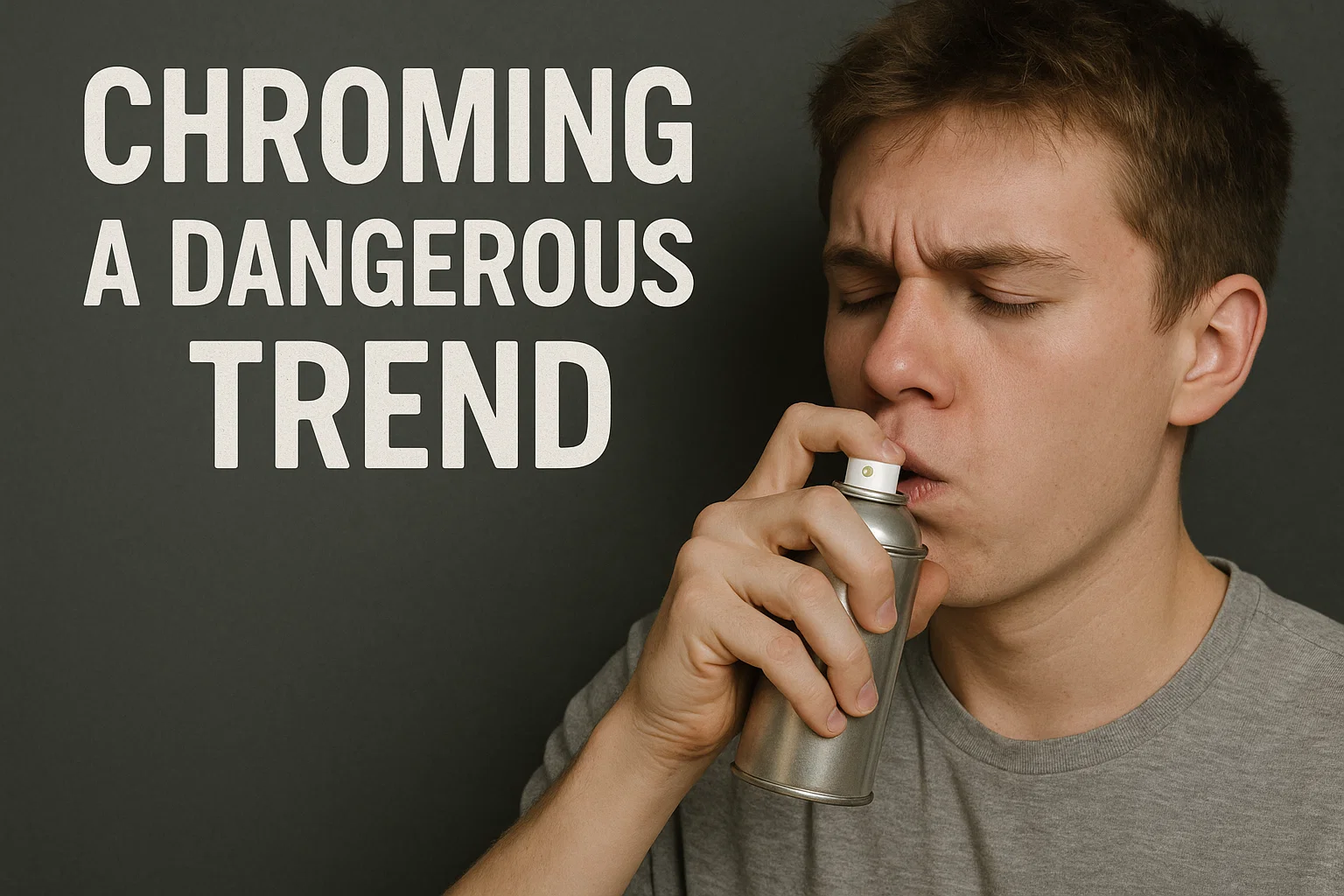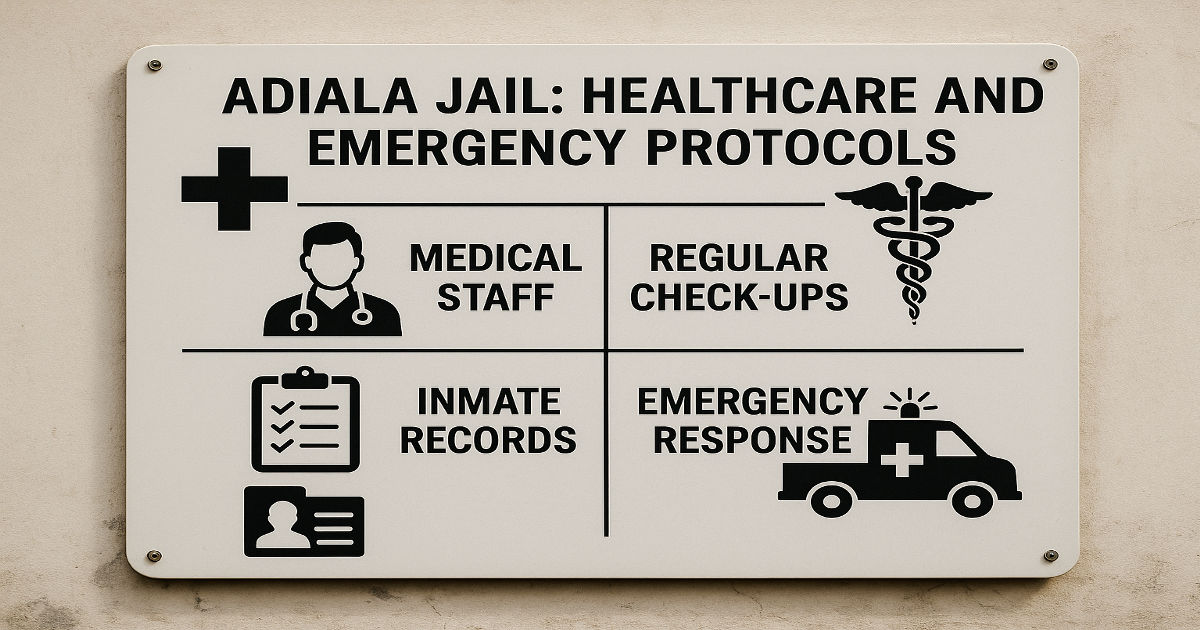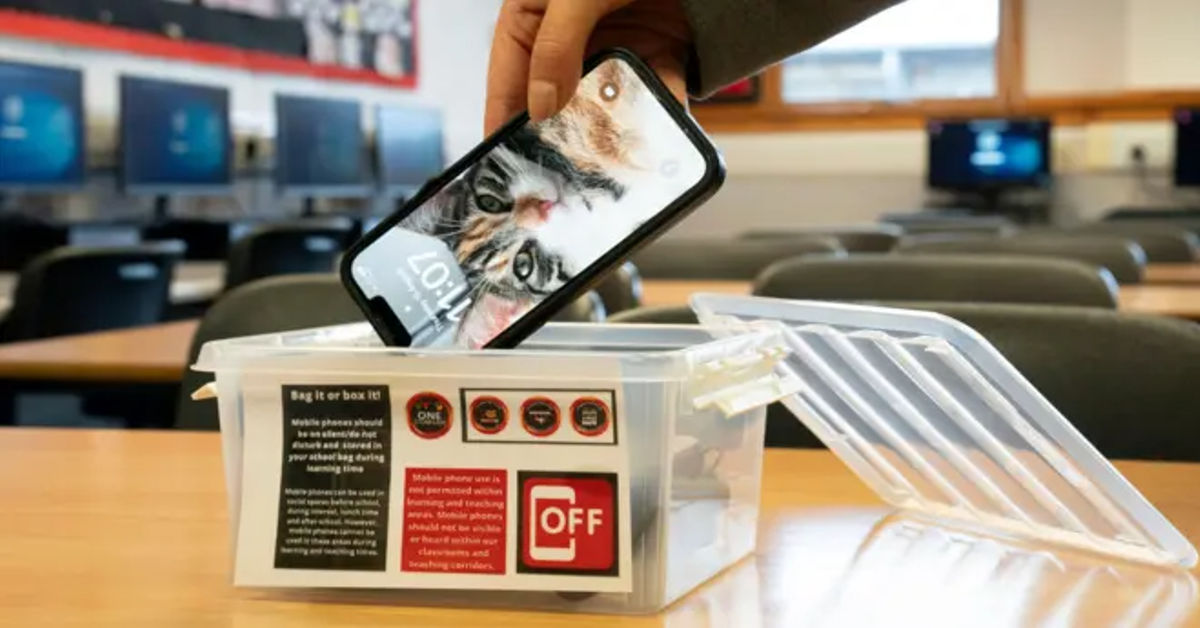
What is chroming has emerged as a concerning practice among teenagers and young adults, involving the dangerous inhalation of metallic substances and household products. This risky behavior poses serious health threats that every parent, educator, and young person should understand.
Understanding the Basics of Inhalant Abuse
Inhalant abuse represents one of the most accessible yet dangerous forms of substance misuse. Young people often turn to common household items, seeking an immediate but short-lived high. These substances affect the central nervous system rapidly, creating euphoric feelings that last only minutes but can cause lasting damage.
The accessibility of inhalant materials makes this practice particularly troubling. Unlike other substances that require purchasing or obtaining from dealers, inhalant materials exist in most homes, making prevention more challenging for parents and guardians.
What Substances Are Involved?
What is chroming specifically refers to inhaling metallic paints, particularly chrome-based spray paints, though the term has expanded to include various inhalant substances. Common materials include:
Spray paints containing metallic compounds create the signature “chrome” effect that gives this practice its name. These paints contain volatile solvents like toluene and acetone, which produce immediate intoxicating effects when inhaled.
Other household products frequently abused include permanent markers, nail polish remover, gasoline, lighter fluid, and aerosol deodorants. Each contains different chemical compounds, but all share the ability to quickly affect brain function when inhaled.
The Physical Effects and Immediate Dangers
The human body wasn’t designed to process these chemical vapors, leading to immediate and long-term health consequences. Short-term effects include dizziness, nausea, slurred speech, and loss of coordination. Users often experience hallucinations and altered perception, making them vulnerable to accidents and injuries.
More seriously, inhalant abuse can cause “sudden sniffing death syndrome,” where the heart stops beating regularly after just one use. This unpredictable reaction makes even first-time experimentation potentially fatal.
Brain damage occurs rapidly with inhalant abuse. These chemicals deprive the brain of oxygen while simultaneously poisoning nerve cells. Even single episodes can cause permanent cognitive impairment, affecting memory, learning ability, and decision-making skills.
Why Young People Turn to Inhalants
Several factors contribute to the appeal of inhalant abuse among teenagers. The immediate availability of materials removes barriers that exist with other substances. Young people don’t need money, connections, or special knowledge to access these products.
Peer pressure plays a significant role, especially when combined with social media exposure. Videos and challenges circulating online can normalize dangerous behaviors, making them appear less risky than they actually are.
Many young people mistakenly believe household products are safer than illegal drugs. This dangerous misconception leads to experimentation without understanding the severe health risks involved.
The Long-Term Health Consequences
Chronic inhalant abuse leads to devastating health problems affecting multiple organ systems. The brain suffers the most severe damage, with users experiencing memory loss, reduced cognitive function, and difficulty with basic tasks like walking and talking. Understanding what is chroming is crucial here, as the specific chemicals involved can have especially harsh impacts on the body.
Liver and kidney damage frequently occurs, as these organs work to filter toxic chemicals from the bloodstream. Heart problems, including irregular rhythms and weakened heart muscle, can develop even in young users.
Hearing loss represents another common consequence, often permanent and affecting quality of life significantly. The chemicals damage delicate structures in the inner ear responsible for both hearing and balance.
Recognizing the Warning Signs
Parents and educators should watch for several indicators of possible inhalant abuse. Physical signs include chemical odors on clothing or breath, paint stains around the mouth or nose, and red or runny eyes.
Behavioral changes often accompany inhalant use. These might include sudden mood swings, declining academic performance, loss of appetite, and withdrawal from family and friends. Hidden rags, empty containers, or missing household products can also indicate abuse.
Prevention Strategies and Education
Effective prevention requires open communication between adults and young people. Instead of simply forbidding behavior, adults should explain the specific risks and consequences of inhalant abuse.
Schools can implement comprehensive drug education programs that address inhalants specifically. Many programs focus on illegal drugs while overlooking the dangers of common household products.
Securing household products doesn’t mean hiding every item, but rather maintaining awareness of usage patterns and keeping high-risk items properly stored. Regular conversations about online content and peer influences help young people develop critical thinking skills.
Treatment and Recovery Options
Recovery from inhalant abuse requires professional medical intervention due to the complex physical and psychological effects involved. Medical professionals can assess organ damage and provide appropriate treatment plans.
Counseling services help address underlying issues that contribute to substance abuse. Family therapy often plays a crucial role, helping rebuild relationships and establish healthy communication patterns.
Support groups specifically for inhalant abuse provide peer support and practical strategies for maintaining sobriety. These groups understand the unique challenges faced by inhalant users.
Conclusion
The accessibility of inhalant materials combined with their severe health risks creates an urgent need for comprehensive prevention and intervention strategies. Understanding what is chroming is essential as it represents a serious public health concern that demands immediate attention from communities, families, and individuals.
Recognizing the dangers, observing warning signs, and maintaining open communication channels can help protect young people from these devastating consequences. By working together, we can address the growing problem of what did you say is chroming and save lives through education, prevention, and treatment.
Frequently Asked Questions
What exactly is chroming?
Chroming is the practice of inhaling metallic paints or other household products containing volatile chemicals to achieve a brief high. The term comes from the metallic “chrome” paints commonly used.
How dangerous is chroming compared to other drugs?
Chroming is extremely dangerous and can cause death even on the first use. Unlike many other substances, inhalants can cause immediate cardiac arrest and permanent brain damage.
What should I do if I suspect someone is using inhalants?
Seek immediate medical attention if someone appears intoxicated from inhalants. For ongoing concerns, contact healthcare professionals or substance abuse counselors for guidance.
Can the effects of inhalant abuse be reversed?
Some effects may improve with cessation of use, but many consequences, particularly brain and organ damage, can be permanent. Early intervention provides the best chance for recovery.
How can I talk to my teenager about inhalant abuse?
Start conversations early, focusing on specific risks rather than general warnings. Use factual information and maintain open, non-judgmental communication to encourage honesty.






































































































































































